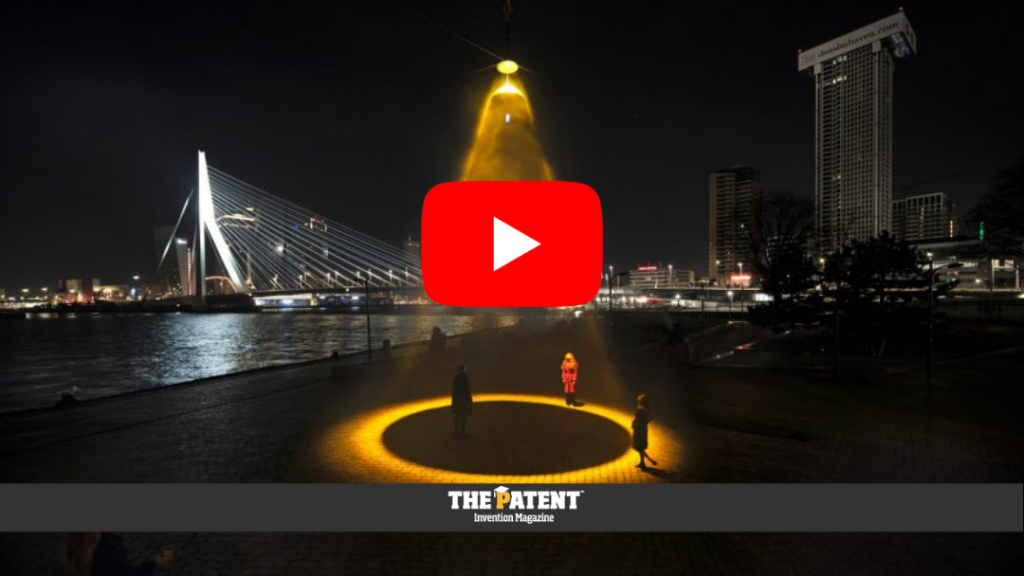The Dutch designer Daan Roosegaarde has installed in Rotterdam his work “Urban sun”: it is a particular light that eliminates up to 99.9% of viruses in the air
Two suns shine in the sky of Rotterdam: a “natural” one and an “urban” one. The latter is the latest creation of designer Dann Roosegaarde. On the Erasmus Bridge – in the heart of the Hanseatic city – the Dutch artist has recently installed a very special work entitled “Urban Sun”. It is a huge lamp suspended in the air that turns on automatically when the sun goes down. The peculiarity of the light installation is that it generates a beam of ultraviolet light of 222 nanometers capable of eliminating 99.9% of viruses present in the illuminated air. Including Covid-19! The work was born from the artist’s desire to create a “safe space” in which people could meet in the open air without risking contagion. Inside the cone of light generated by “Urban Sun”, in fact, the inhabitants of Rotterdam can gather to have a chat, hug each other or simply spend some time “vis-a-vis” in safety.
Read also → A 10-second digital video sold for $6.6 billion
The “urban sun” that eliminates Covid-19
The “Urban Sun” installation is a true mix of art and technology. The artist Daan Roosegaarde has in fact based his work on studies on the anti-virus properties of light developed by Columbia University in the USA and Hiroshima University in Japan. Japanese researchers, in particular, have shown that a certain type of ultraviolet light is able to eliminate up to 99.9% of viruses circulating in the air in a public space. This light does not penetrate the skin or eyes and therefore “does not create problems for people or animals, does not produce ozone and does not contain mercury: its only task is to disinfect surfaces and air from all bacteria, viruses and spores in a few minutes”. All in an eco-sustainable way! In fact, to power “Urban Sun” you only need the same amount of energy needed to run a water kettle (700 Watts), even better if it comes from renewable sources such as sun, wind or water!
You might also be interested in → Covid-19: a video shows how the virus spreads in a school classroom
